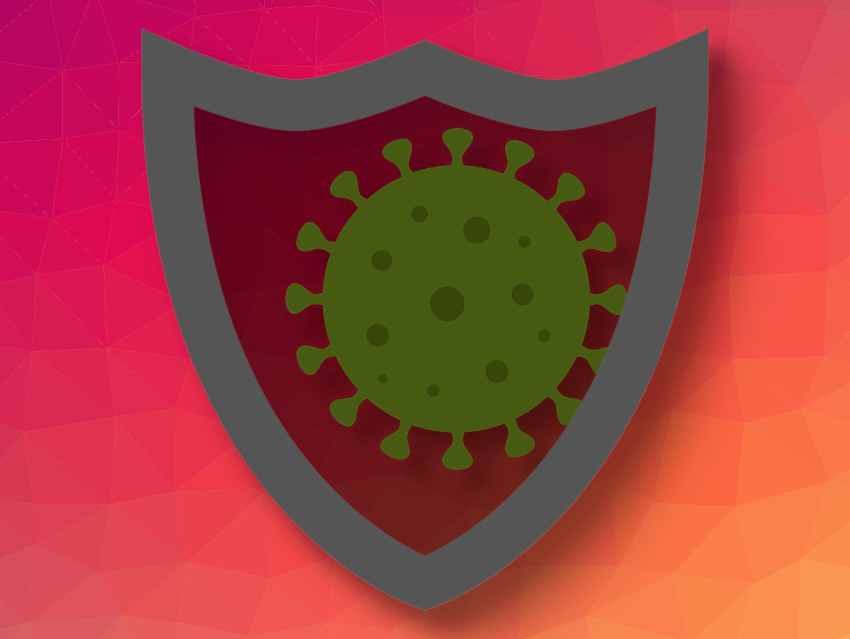The COVID-19 pandemic is caused by the coronavirus SARS-CoV-2. A better understanding of how the virus interacts with the human immune system would be helpful for the development of new treatment options. There are two main branches of the immune system: innate immunity, in which immune cells engulf pathogens, release chemical signals, or otherwise respond non-specifically to a pathogen, and adaptive immunity, which produces antibodies and kills specific pathogens. It is challenging to study virus dynamics in the human body, but mathematical models can be used to investigate virus-host interactions.
Prashant Dogra, Houston Methodist Research Institute, TX, USA, Zhihui Wang, Houston Methodist Research Institute and Weill Cornell Medicine, New York, USA, and colleagues have developed an improved model to simulate the whole-body dynamics of SARS-CoV-2 infection. The team developed a mathematical model that predicts the viral load over time in organs that express the ACE2 receptor, which is necessary for the entry of the virus into cells. These organs include, e.g., the respiratory tract, gut, heart, liver, kidneys, and brain.
Some of the parameters used in the model, such as the levels of various immune cells in the human body, were already known; others, such as the infection rate of target cells, were estimated from experimental data obtained from hamsters infected with COVID-19. The model includes cellular-scale viral dynamics, viral transport processes, both the innate and adaptive immune response, and viral excretion.
The team used the developed model to simulate different scenarios and found that innate immunity plays a larger role in controlling viral load than adaptive immunity. They also simulated clinically relevant treatment options and found that it was important to begin antiviral or interferon therapy as soon as possible after the onset of symptoms. According to the researchers, the model can be further tuned as new knowledge of the disease and its mechanisms emerges.
- Innate Immunity Plays a Key Role in Controlling Viral Load in COVID-19: Mechanistic Insights from a Whole-Body Infection Dynamics Model,
Prashant Dogra, Javier Ruiz-Ramírez, Kavya Sinha, Joseph D. Butner, Maria J. Peláez, Manmeet Rawat, Venkata K. Yellepeddi, Renata Pasqualini, Wadih Arap, H. Dirk Sostman, Vittorio Cristini, Zhihui Wang,
ACS Pharmacol. Transl. Sci. 2020.
https://doi.org/10.1021/acsptsci.0c00183
Also of Interest
- Collection: SARS-CoV-2 Virus
What we know about the new coronavirus and COVID-19




